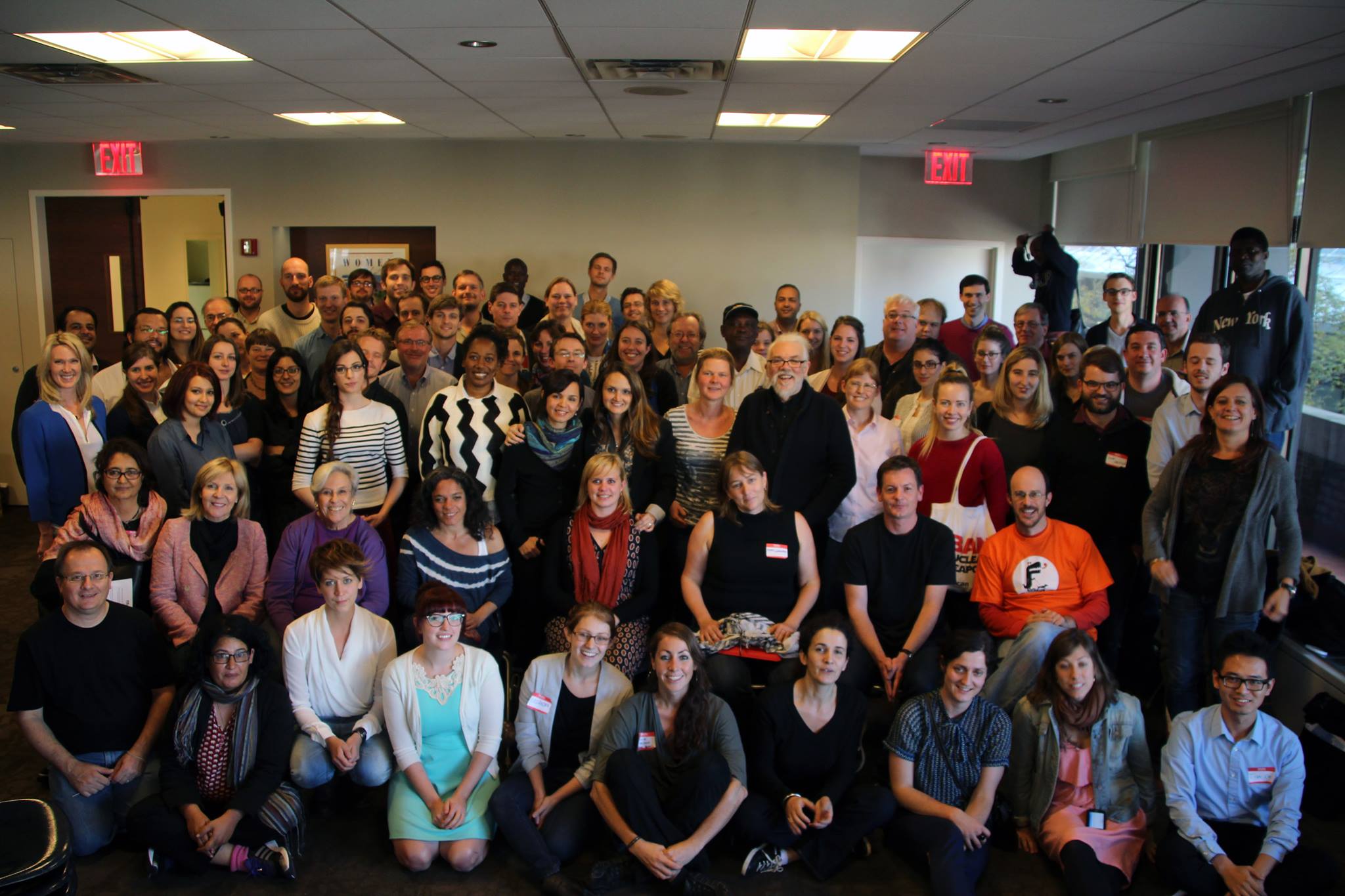21.10.13
Humanitarian disarmament: a growing community of practice
By laura.boillot

Movements for change can become stronger and more effective when their different constituent parts work together, support each other and identify as members of a wider community. Since the first humanitarian disarmament campaigns meeting organised by Human Rights Watch in New York in October 2012, the different campaigns within the disarmament movement have been working more closely together. At the second annual meeting of this group, a forum organised by Article 36 and IKV Pax Christi on 19-20 October in the same venue overlooking the UN in New York, the community came together to take stock of progress, discuss challenges in our collective work and think about the future and how we can work together more effectively. The participants in the forum were people working on nuclear weapons, the arms trade, small arms, the use of explosive weapons in populated areas, landmines, cluster munitions, autonomous weapons, toxic remnants of war and other topics.
Small group discussions took place on day one, covering topics such as how civil society engages with the United Nations and other forums; ensuring law stays ahead of technological developments; setting the terms of the debate and framing and reframing issues; challenging arguments that current rules are sufficient; working with diplomats; engaging media; and working in NGO coalitions. Rather than workshops to talk about specific campaigns, these discussions provide space for campaigners working on different issues to share experiences, learn from each other and discuss new approaches.
On day two, campaigners took part in a simulation: the year is 2023 and concern is mounting about directed-energy weapons, microwave heat rays that have caused burns and even deaths in apparent malfunctions and other incidents. Participants split up into groups to complete tasks – some were in the role of campaigners, developing strategy, policy, media plans, even a film. Others took the role of governments, both helpful and unhelpful, with one group representing the industry producing these weapons. The groups interacted to complete their tasks and reported back at the end of the exercise. In a bizarre twist of life imitating art, it became known on the day of the simulation that Finland will in fact host a side event on directed-energy weapons at the UN Convention on Certain Conventional Weapons on 14 November. It pays to be prepared.
Next year Control Arms, the campaign that successfully spearheaded the movement to achieve the Arms Trade Treaty, will take the reins and host the campaigns forum in New York, once again on the margins of the UN General Assembly’s First Committee on Disarmament and International Security. We expect the community will be back even stronger than before, with new ideas and plans for the future.